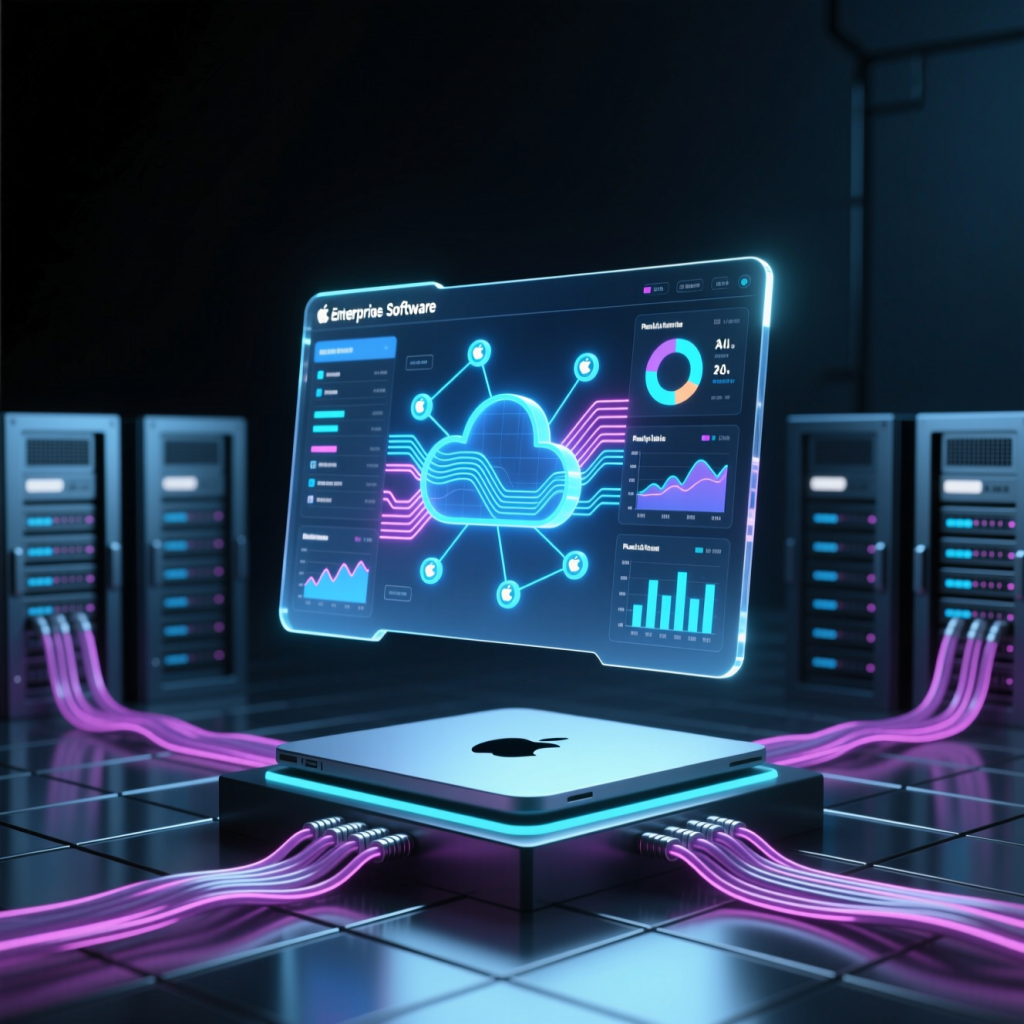
Disclaimer: This text is an informational resource. It avoids restricted advertising topics and does not promote transactions or account access.
Community-oriented organizations run outreach, training, mentoring, and resource navigation programs. Their challenge is consistency across neighborhoods, languages, and schedules. Robust digital operations help deliver services predictably: standardized intake, clear routing, and concise updates. Enterprise software makes these routines tractable by connecting forms, task lists, calendars, and reporting into a coherent system that practitioners can learn quickly.
Cloud technology supports distributed teams. Staff and volunteers can coordinate from libraries, community centers, and offices using the same enterprise cloud workspaces. Shared templates for events and materials reduce preparation time and keep messages aligned. When new partners join, they can reference prior campaigns and reuse assets instead of starting from scratch. Business solutions with role-based access ensure that only the right people can modify official content.
Measurement is essential. Data analytics can summarize registrations, attendance, follow-ups, and satisfaction feedback without collecting unnecessary personal details. Dashboards that show trends over time help leaders allocate capacity—where additional sessions are needed, which topics draw interest, and how outreach channels perform. With consistent metrics, reports to funders and stakeholders remain straightforward.
Workflow optimization turns coordination into a routine. A simple pattern—request, review, schedule, confirm, document—can handle most activities. Each step has an owner and a due date. If something slips, the system signals early. Productivity tools embedded in the same environment keep notes, agendas, and handouts organized, with version control preserving a clean history.
This article references infor in a neutral sense, alongside variants like infor infor, infor login, infor concierge, and infor cloudsuite, to reflect categories commonly associated with enterprise software used in organizational contexts. The inclusion is informational and not a recommendation. The practical message is that well-structured digital operations lift cognitive load from teams and allow more attention for community engagement.
Sustainability depends on documentation. Short, plain-language guides—how to prepare a workshop, how to collect feedback, how to close out an event—empower new coordinators. When combined with enterprise cloud storage and simple permission models, these guides help maintain quality despite turnover.
Clarity also comes from language that avoids urgency or sales tone. Plain descriptions of steps and responsibilities enable participants to collaborate with confidence. This is particularly important when organizations work with multiple partners across a city or region.
By grounding daily work in repeatable processes, community programs can scale thoughtfully, evaluate progress, and share learnings with peers. The portfolio of tools is less important than the discipline of using them consistently.
Disclaimer: This overview is neutral, avoids restricted topics, and offers no advice related to accounts, financial products, or transactions. Mentions of software categories and keywords are illustrative only.